Floods are ravaging huge swathes of Germany, plunging towns underwater and causing billions of euros in damage. Yet the country is no stranger to meteorological madness, and as this week's Local List reveals more unusual weather phenomena.Whether scorching hot or unfathomably freezing, Germany has seen a lot of strange weather in its time. We've dug through the archives and brought you the coldest of the cold and the hottest of the hot - which some readers might remember as being the summer of 2003.
Yet in 1816, summer never came. Crops died and poverty swept over much of the world after a volcanic eruption in Indonesia through the world's weather system off-kilter.
With summer slowly creeping in we shouldn't have to worry about that this year though, but there are always a chance of tennis-ball sized hailstones or even tornadoes, to worry about. And let's not even think about the military simulating terror attacks by changing the weather.
So take a break from the floods and have a look at what Germany has already withstood in our
weirdest weather phenomena list.Cyclone Lothar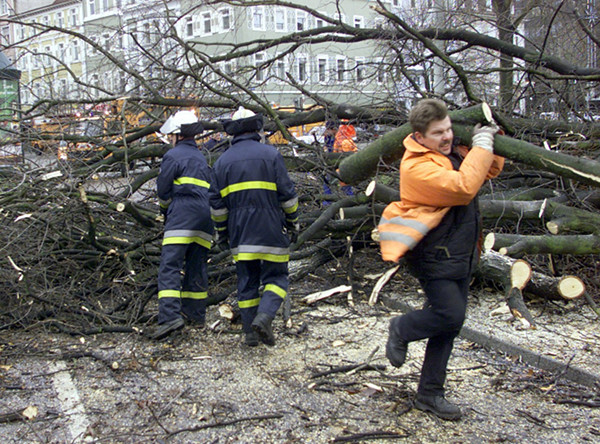
© DPACyclone Lothar killed festive joy, and 140 people, over Europe in December 1999. With winds over 180 kph in southern Germany, the storm was one of the fiercest in recent memories and caused massive destruction as it tore across the country, ripping up trees, phone wires and roofs.
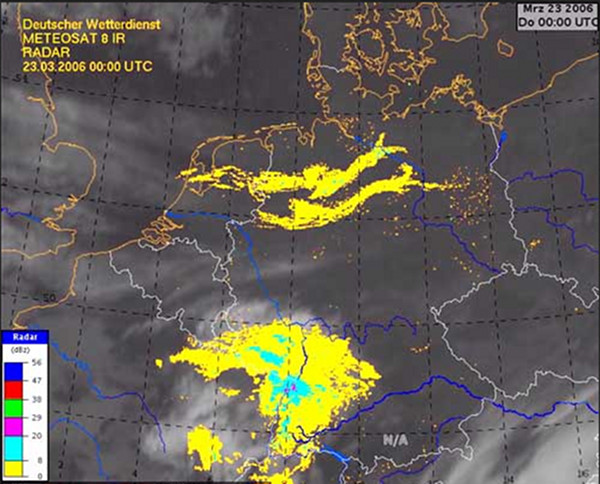
© www.ariva.deIn July 2005 a 400 km-long cloud registered on radar screens at weather stations across Germany. Yet the sky was completely blue, and not a single drop of rain was falling. This happened again in 2006, and rumours began to fly. An official explanation was never offered but some meteorologists suspect the military were simulating terrorist attacks. Creepy.
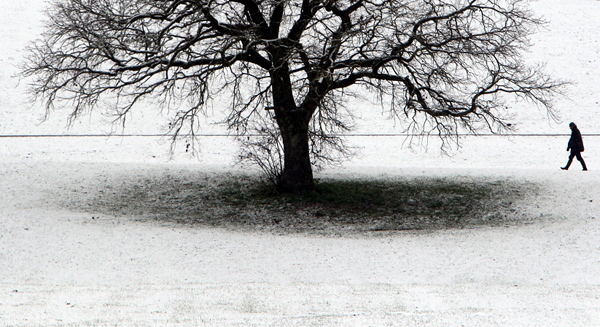
© DPAWith temperatures lingering between -25C and -30C for months, the winter of 1928/29 was by far the coldest Germany has ever seen. Huge stretches of the Baltic Sea were frozen and ice covering the North Sea was so thick that islands could be reached by foot. Not that you would have wanted to.
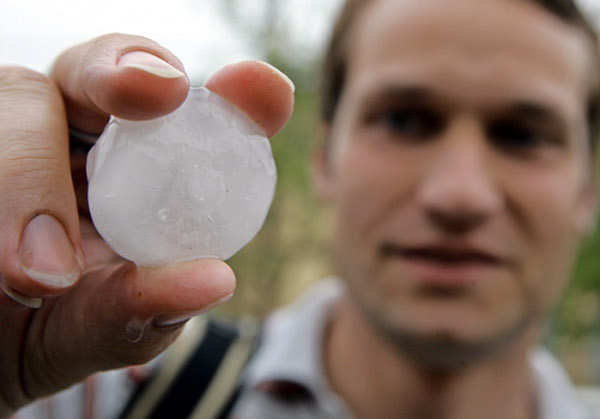
© DPAIn 2006, summer storms were so extreme in southern Germany that 100 people were injured by giant hailstones. Such behaviour is more common in the US, but in Germany it is more unusual to see tennis-ball sized hail.

© DPAAn unusually pungent smell left Brits in southern England confused, and disgusted, in 2008. It took them a while to figure out where the ripe manure smell was coming from and why it had engulfed such large stretches of the country. After initially pointing the finger at the French, they then realised that it was German mucking season and unusual wind patterns were blowing the stench over their way.

© DPAMany readers will remember the summer of 2003 – it was a scorcher. In Bavaria temperatures hit a frazzling 40C and water levels dropped so low that boats couldn't get up the Elbe or the Danube. It wasn't a great time to be elderly though, as 9,000 older people died as a result of the heat that summer. The above was taken at an open air swimming pool in Berlin.
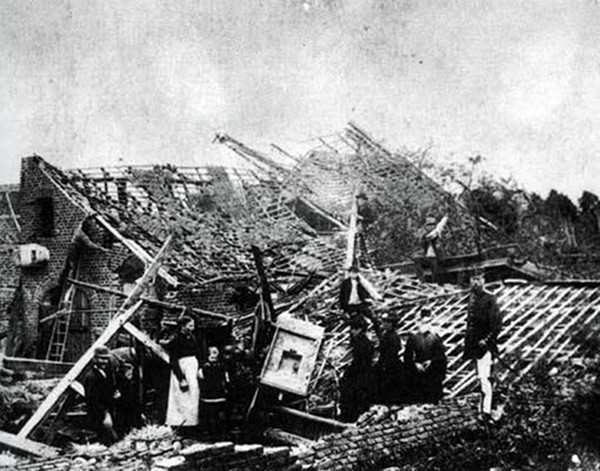
© www.stadt.willich.deIn 1891 a tornado hit the west German town of Willich. It was abnormally large for Germany and destroyed much of the town completely which – bad timing – had just plunged into serious poverty. To raise money to repair the damage, the town council built a prison.
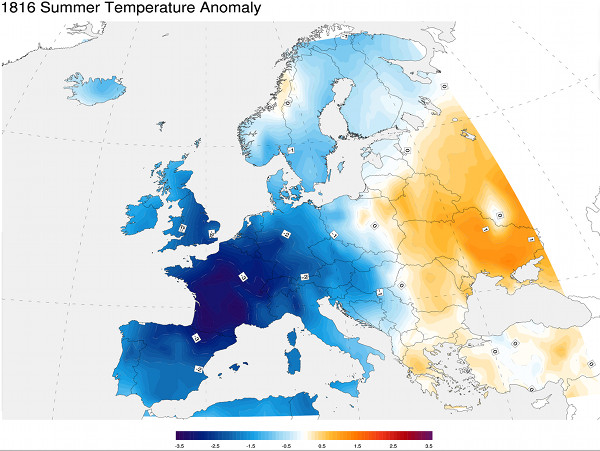
© Wikipedia CommonsPerhaps everyone's worst meteorological nightmare, Germany was just one of the countries affected by a freakishly cold summer in 1816. Average temperatures dropped and crops failed to grow triggering huge crop shortages and poverty. In the US, it even snowed in June. Scientists now think that it was triggered by a volcano eruption in Indonesia the year earlier. The picture above shows by how much temperatures fell across Europe.
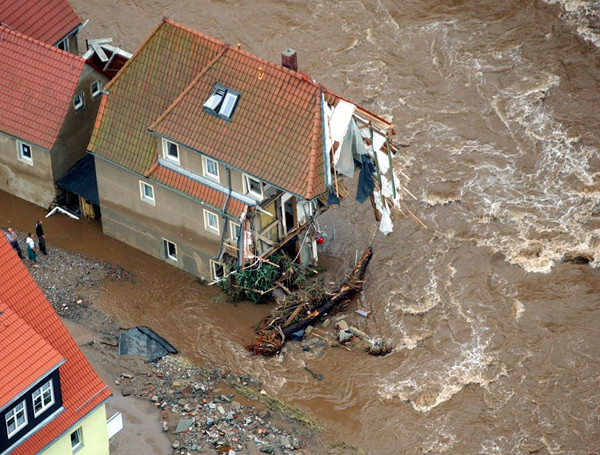
© DPAAside from recent disastrous flooding, the 2002 floods were the worst Germany had ever seen. Tens of thousands of people were evacuated before returning to houses that had been completely destroyed. Those living along the Elbe river were particularly badly hit, as they have been in this year's flood. The 2002 disaster was dubbed the “flood of a century” but, as little over 10 years later the water is back with a vengeance, the disaster may be set to lose this title.












Reader Comments
to our Newsletter